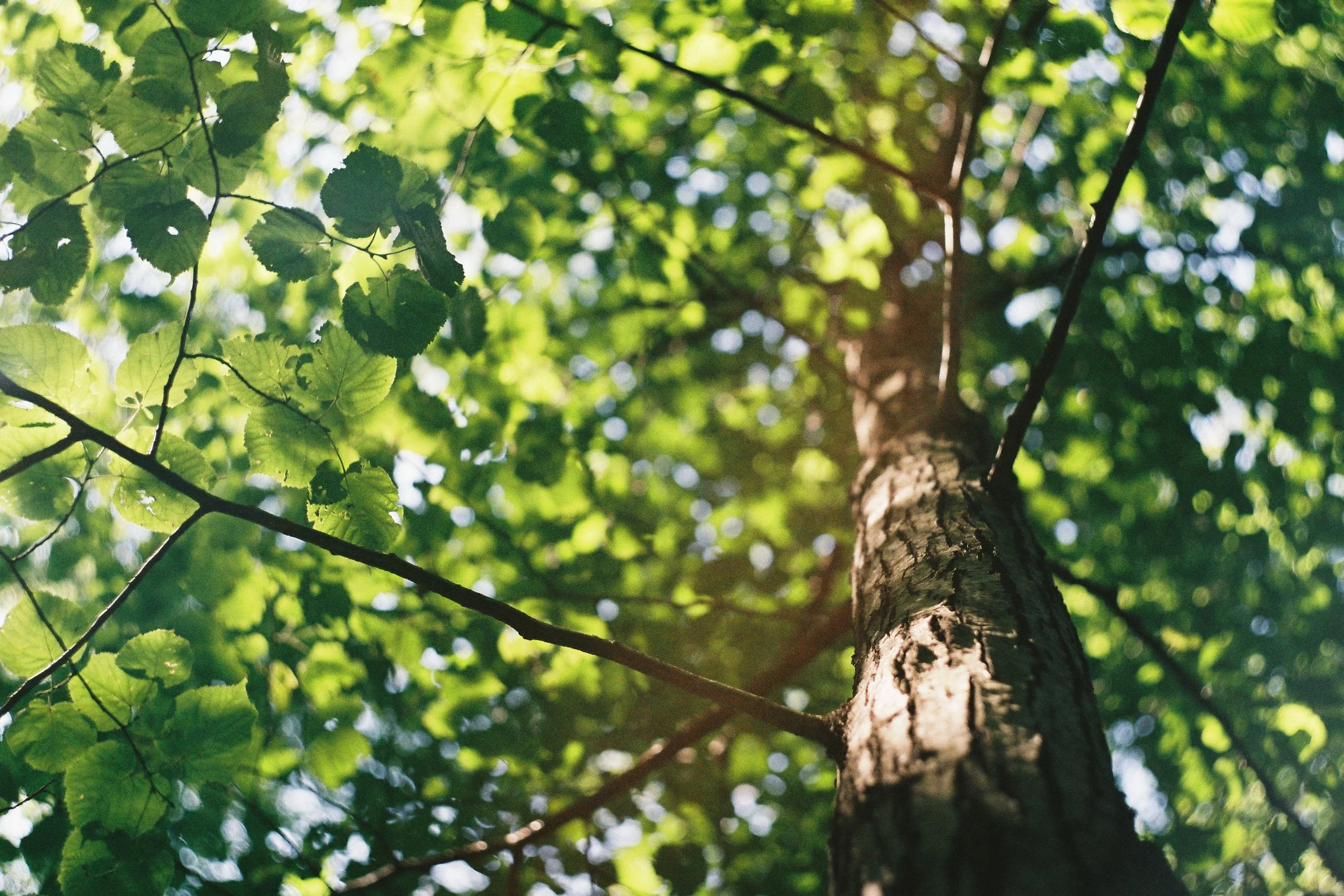Protecting Trees
Protect your tree’s health by avoiding damage to the tree's roots, trunk or crown. Quite often, people are unwittingly causing damage to a tree by everyday behaviors and habits. Many of us don’t realize that trees need care and attention throughout their lifespan.
Protect the roots from:
Compacting equipment, vehicles, material storage and foot traffic.
Trenching for utilities or irrigation installation and repair.
Changing soil grade by cutting or filling
Grading, tearing or grubbing the surrounding soil.
Contamination by runoff containing petroleum products and harsh chemicals from driveways, sidewalks and patios.
Impervious parking lots, driveways and walkways that increase soil compaction and reduce permeability.
A tree’s most important roots lie directly under the tree’s canopy, the critical root zone. Be sure to preserve this area as much as possible.
Protect the trunk, limbs and branches from:
Vehicles and heavy equipment that tear bark and break limbs and branches.
Lawn mowers and weed trimmers that damage the protective bark.
Nails, screws, staples or spikes that hold up signs and notices.
Chains, ropes or wires that secure objects to the trunk and limbs.
Fire or excessive heat that breaks down the protective bark layer.
Protect Your Tree from Wildlife, Pets, Insect Pests and Diseases
Wildlife browsing and antler rub
Digging and chewing pets
Insect pests and diseases that attack weak, unhealthy and vulnerable trees
Tree Protection Tips:
Mulch rings around tree trunks have multiple protective benefits:
Mulch keeps soil temperatures cool; roots prefer cool, constant temperatures.
Mulch keeps weeds and grass from competing with the tree’s roots for water and nutrients
Mulch keeps the grass that requires damaging mowing or trimming from growing next to the trunk.
Use wire caging/fencing to keep mowers, weed trimmers, pets and wildlife at bay.
Wrap the trunks of young and thin-barked trees late in the summer before rut. Remember to remove the wraps after the chance of damage from antler rub; tree trunks need air and sunlight, too!
Fence off the critical root zone under the tree canopy during construction to protect the entire tree from construction activity and potential damage.
The area under the tree canopy is not meant for storage. Trees cannot thrive with compacted root zones.
If roots must be disturbed, be sure to keep the area damaged to a minimum and keep the rest of the roots well watered.
Not all insects are pests; some are beneficial! Be sure to identify an insect before addressing the issue. A healthy tree can fend off most pests.
A tree that is watered regularly is better able to protect itself and is more resilient.
Plant trees where they will not interfere with infrastructure or become an obstruction at full size.
Protect the tree from the spread of disease or further damage. Remove dead, damaged and diseased limbs and branches any time of year.
Disinfect the pruning tools between cuts of diseased branches to keep the disease from spreading.
If you can’t identify the insect or the disease, consult the experts! Contact the Missoula County Extension and Weed District or the Missoula Urban Forestry Division.
Observe and monitor your trees regularly for early detection, so any potential issues that may affect overall tree health and vitality can be addressed.




